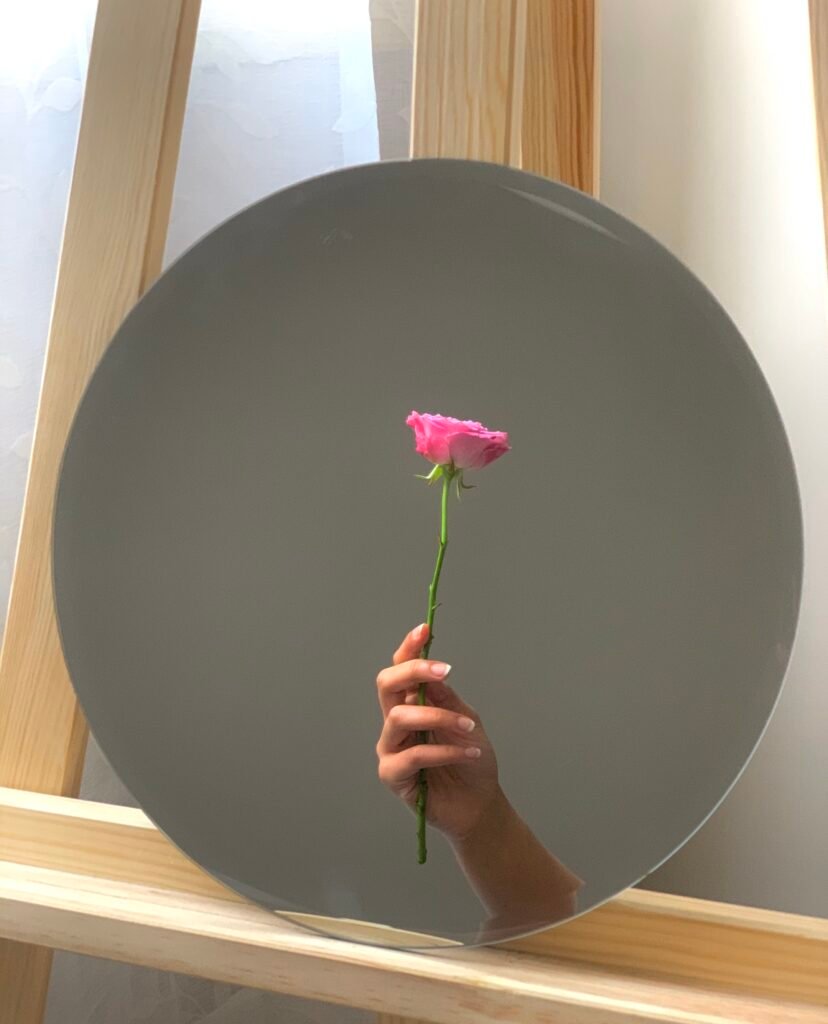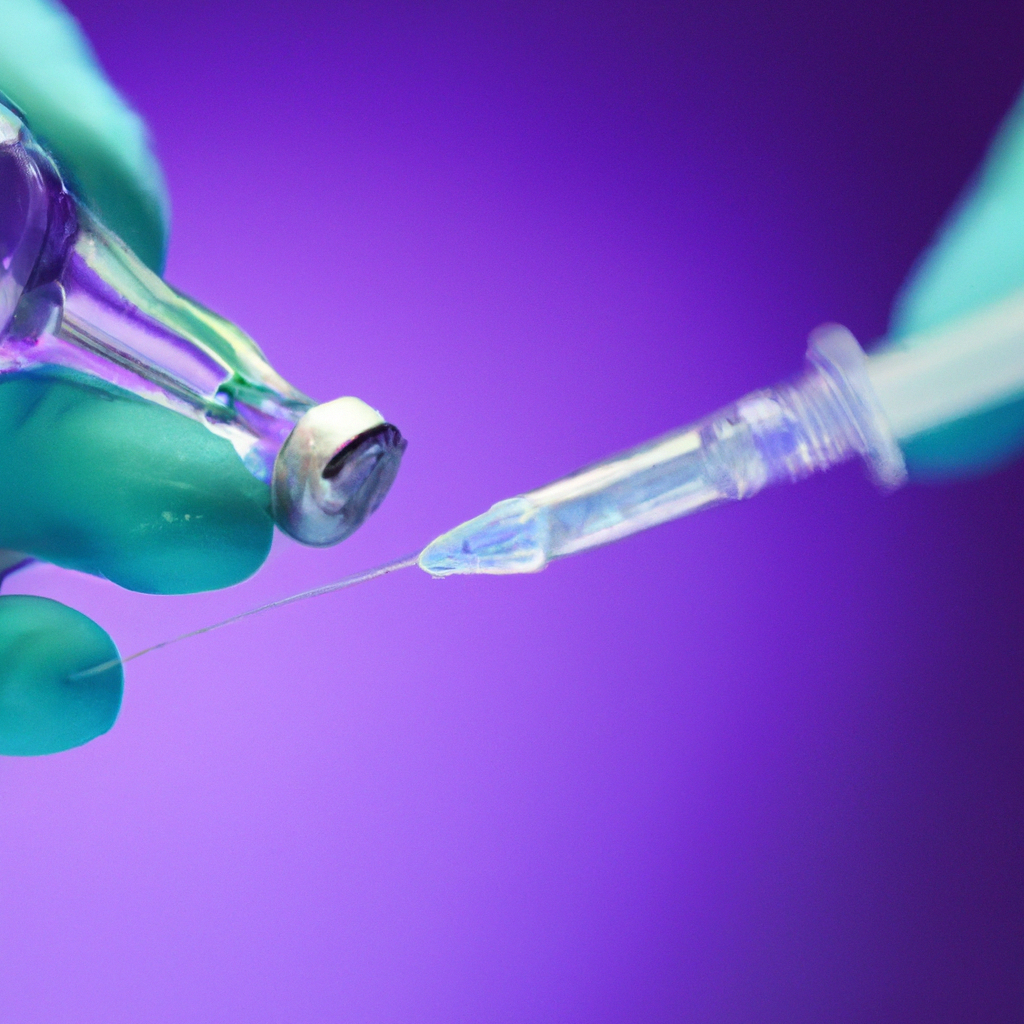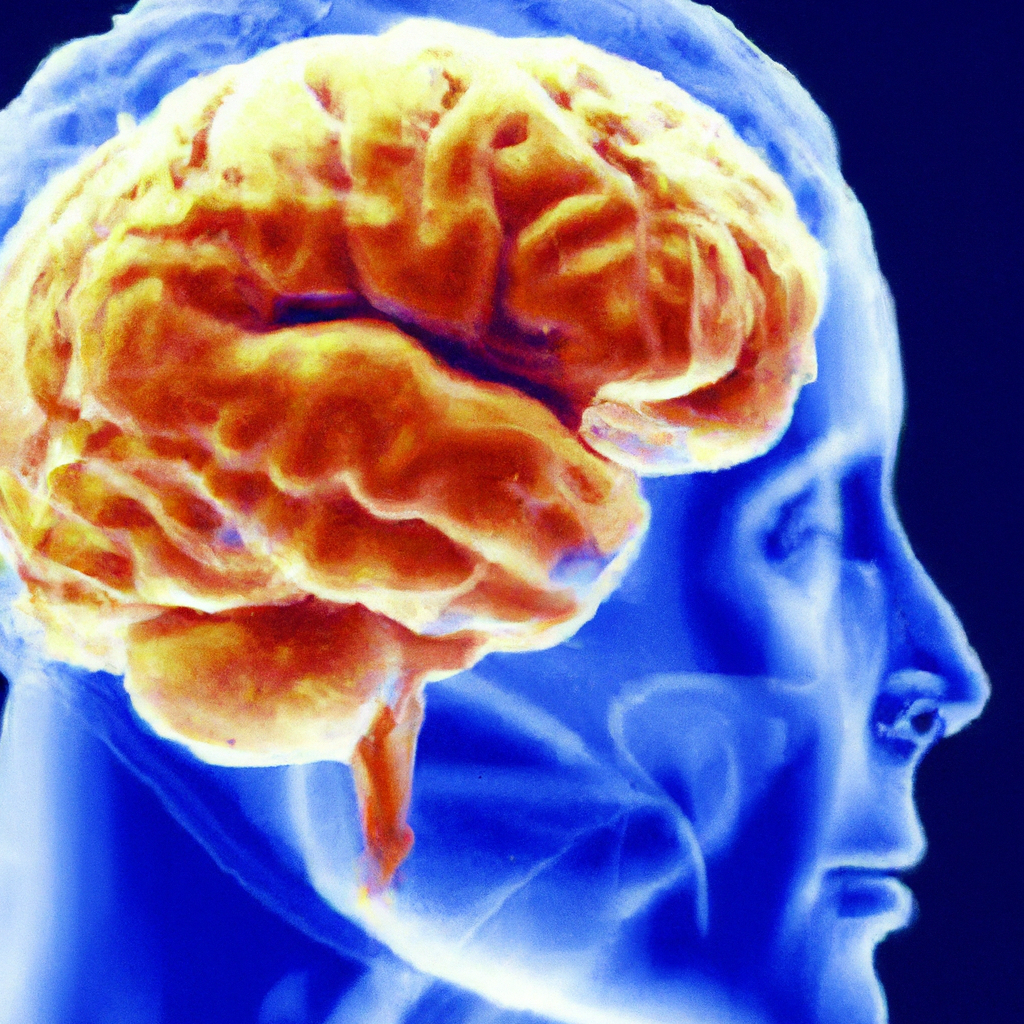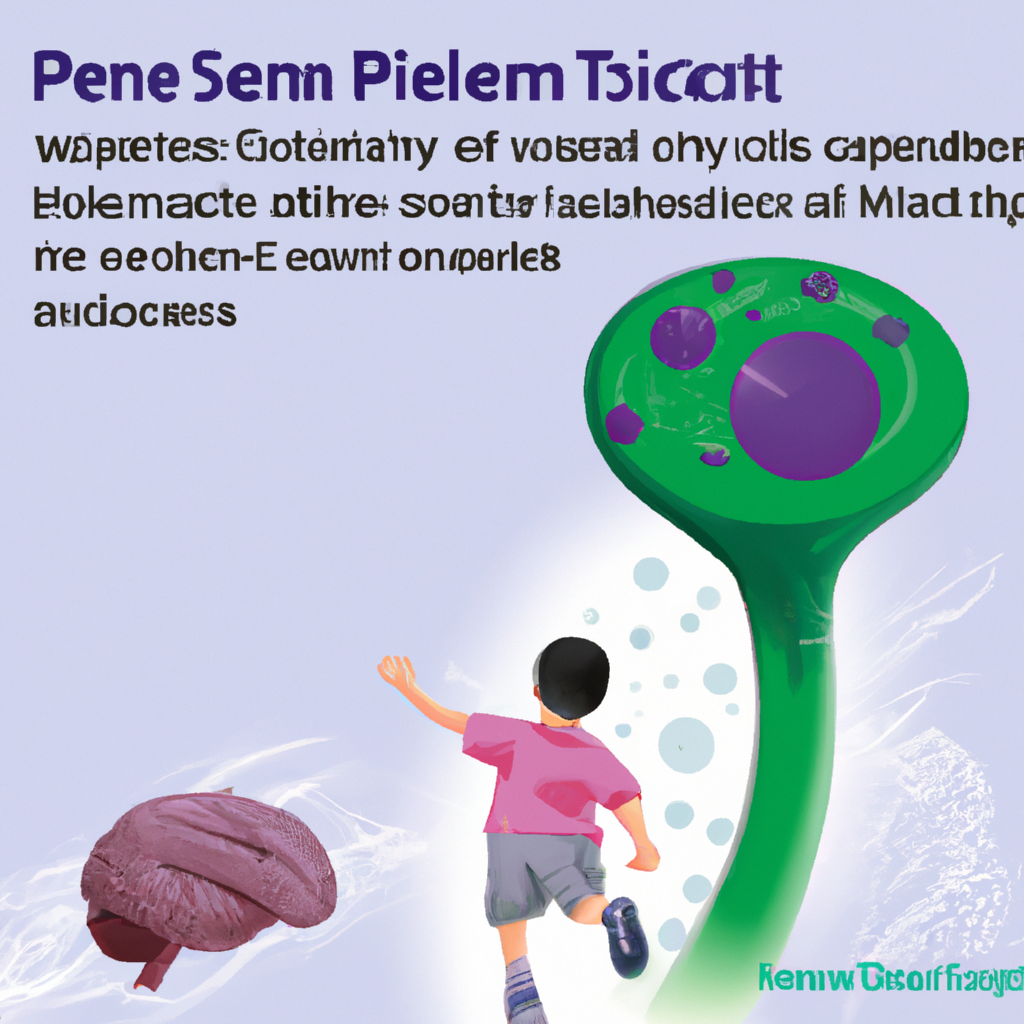Interested in learning about the fascinating ways stem cells are utilized in plastic and reconstructive surgery in Malaysia? Dive into this informative article to explore the innovative techniques and groundbreaking research that contribute to the advancement of medical procedures in the field. Discover the potential of stem cells to revolutionize the world of cosmetic surgery and enhance the lives of individuals seeking reconstructive treatments.

Overview of Plastic and Reconstructive Surgery in Malaysia
Plastic and reconstructive surgery plays a crucial role in enhancing the physical appearance, function, and quality of life for individuals in Malaysia. This branch of surgery focuses on repairing and reshaping body structures, whether due to congenital abnormalities, accidents, trauma, or cosmetic reasons. Plastic and reconstructive surgery techniques are continuously evolving, embracing innovative approaches such as stem cell applications. Stem cells have emerged as a promising tool in this field, offering potential benefits in various procedures.
Importance of Plastic and Reconstructive Surgery
Plastic and reconstructive surgery holds great significance in Malaysia due to its ability to address physical deformities and functional impairments that may affect individuals’ self-esteem, daily activities, and overall well-being. By utilizing advanced surgical techniques, plastic and reconstructive surgeons can restore or enhance the appearance and function of body parts, resulting in improved self-confidence and quality of life for patients.

Major Plastic and Reconstructive Procedures in Malaysia
Malaysia offers a wide range of plastic and reconstructive procedures to cater to various needs and preferences. Some of the major procedures include breast augmentation, facelift, rhinoplasty, liposuction, tummy tuck, and eyelid surgery. These procedures aim to correct or enhance specific body parts, helping individuals achieve their desired aesthetic goals. Plastic surgeons in Malaysia are renowned for their expertise and experience in performing these procedures with utmost precision and safety.
Emerging Trends in Plastic and Reconstructive Surgery
Plastic and reconstructive surgery is a dynamic field, and new trends and techniques continue to emerge. One of the most notable trends is the integration of stem cells into surgical procedures. Stem cells are undifferentiated cells that have the remarkable ability to differentiate into various specialized cell types and promote tissue regeneration. By harnessing the regenerative properties of stem cells, plastic and reconstructive surgeons in Malaysia are exploring innovative approaches to enhance procedure outcomes and accelerate healing processes.

Understanding Stem Cells
Stem cells are a unique type of cell that possess the extraordinary ability to self-renew and differentiate into specialized cell types. This regenerative potential makes stem cells highly valuable in medical research and therapeutic applications. In the context of plastic and reconstructive surgery, understanding the different types of stem cells and their sources is essential for harnessing their potential in various procedures.
Definition and Types of Stem Cells
Stem cells are undifferentiated cells that have the capacity to develop into specialized cell types. There are several types of stem cells, including embryonic stem cells, adult stem cells, and induced pluripotent stem cells (iPSCs). Embryonic stem cells are derived from embryos and can differentiate into any cell type in the body. Adult stem cells, on the other hand, are present in various tissues and organs and can give rise to specific cell types within their tissue of origin. iPSCs are artificially generated by reprogramming adult cells, such as skin cells, to exhibit similar characteristics to embryonic stem cells.
Sources of Stem Cells in Plastic and Reconstructive Surgery
In plastic and reconstructive surgery, Stem cells can be obtained from different sources for application in various procedures. One of the common sources is adipose tissue, which is rich in adult stem cells known as adipose-derived stem cells (ADSCs). These cells can be easily isolated through a minimally invasive procedure called liposuction. Other sources of stem cells include bone marrow, umbilical cord blood, and amniotic fluid. Each source has its advantages and specific applications in plastic and reconstructive surgery.
Applications of Stem Cells in Plastic and Reconstructive Surgery
Stem cell-assisted techniques have revolutionized plastic and reconstructive surgery, offering novel approaches to enhance procedure outcomes and promote tissue regeneration. In Malaysia, plastic surgeons are at the forefront of utilizing stem cells in various procedures, including:
Stem Cell-Assisted Fat Grafting
Fat grafting, also known as fat transfer, is a surgical technique used to enhance volume and contours in specific areas of the body. By incorporating stem cells into the fat grafting process, plastic surgeons in Malaysia can improve the survival and longevity of the transferred fat cells, leading to more natural and long-lasting results.
Stem Cell-Enhanced Wound Healing
Wound healing is a critical aspect of plastic and reconstructive surgery. Stem cells have been shown to accelerate the wound healing process by promoting angiogenesis, reducing inflammation, and stimulating tissue regeneration. In Malaysia, plastic surgeons are exploring the potential of using stem cells to enhance wound healing in both acute and chronic wounds, improving patient outcomes and reducing the risk of complications.
Breast Reconstruction Using Stem Cells
Breast reconstruction is a complex procedure that aims to restore the shape, volume, and symmetry of the breasts after mastectomy or trauma. Stem cells can play a significant role in breast reconstruction by promoting tissue regeneration, improving the integration of implants or autologous tissue, and enhancing aesthetic outcomes. Plastic surgeons in Malaysia are actively researching and utilizing stem cell-based techniques to achieve optimal results in breast reconstruction procedures.
Skin Rejuvenation with Stem Cells
Skin rejuvenation is a popular aesthetic procedure that aims to reduce the signs of aging and improve the overall quality of the skin. Stem cells, specifically mesenchymal stem cells (MSCs), have shown promising results in skin rejuvenation by promoting collagen production, reducing the appearance of wrinkles, and improving skin elasticity. Plastic surgeons in Malaysia are utilizing stem cell-based therapies, such as platelet-rich plasma (PRP) treatments, to rejuvenate the skin and provide a more youthful appearance.
Hair Regeneration with Stem Cells
Hair loss is a common concern for both men and women, and traditional treatments often yield limited results. Stem cell-based therapies offer a promising solution for hair regeneration. By utilizing stem cells derived from the patient’s own tissues, plastic surgeons in Malaysia can stimulate hair follicle growth, improve hair density, and restore natural hair growth patterns.
Facial Reconstructive Surgery and Stem Cells
Facial reconstructive surgery aims to restore facial structures and functions damaged by congenital abnormalities, trauma, or previous surgeries. stem cells play a crucial role in facial reconstructive procedures by promoting tissue regeneration, improving wound healing, and enhancing facial symmetry and aesthetics. Plastic surgeons in Malaysia are leveraging the regenerative properties of stem cells to achieve optimal outcomes in facial reconstructive surgeries.

Stem Cell Banking for Plastic and Reconstructive Surgery
Stem cell banking is becoming increasingly popular in Malaysia as individuals recognize the potential benefits of storing their own stem cells for future use. Stem cell banking involves the collection and preservation of stem cells from various sources, such as umbilical cord blood, dental pulp, or adipose tissue. These banked stem cells can be utilized in potential future treatments, including plastic and reconstructive surgery procedures.
Overview of Stem Cell Banking
Stem cell banking involves a comprehensive process, starting from the collection of stem cells through a minimally invasive procedure, processing and cryopreservation, and ensuring long-term storage under optimal conditions. Stem cell banks in Malaysia follow strict protocols and guidelines to ensure the viability and safety of banked stem cells.
Benefits of Stem Cell Banking in Plastic and Reconstructive Surgery
Stem cell banking offers several potential benefits in the context of plastic and reconstructive surgery. By storing their own stem cells, individuals can potentially access customized stem cell-based therapies in the future, reducing the risk of rejection and increasing the likelihood of successful outcomes. Stem cell banking also provides peace of mind, knowing that a valuable resource is available for potential future medical needs.
Stem Cell Banking Process in Malaysia
In Malaysia, stem cell banking involves collaboration between plastic and reconstructive surgeons and stem cell banks. Plastic surgeons guide patients through the process, highlighting the potential benefits and ensuring appropriate timing for stem cell collection. Once the stem cells are collected, they are sent to accredited stem cell banks, where they undergo processing, testing, and cryopreservation. The banked stem cells can then be accessed by the individual or their healthcare provider when needed.
Challenges and Considerations in Stem Cell Usage
While the potential of stem cells in plastic and reconstructive surgery is promising, there are various challenges and considerations that need to be addressed.
Ethical Considerations
The use of stem cells, especially embryonic stem cells, raises ethical concerns. In Malaysia, stem cell research and usage are regulated by strict ethical guidelines and regulations to ensure the responsible and ethical use of stem cells.
Safety and Efficacy Concerns
The safety and efficacy of stem cell-based procedures are of utmost importance. Comprehensive research, rigorous clinical trials, and long-term follow-up are essential to validate the safety and effectiveness of stem cell applications in plastic and reconstructive surgery. Plastic surgeons in Malaysia collaborate with researchers and adhere to strict safety protocols to ensure patient safety and positive outcomes.
Regulatory Framework for Stem Cell Usage
Stem cell research and usage in Malaysia are regulated by various government agencies, including the National Council for Scientific Research and Innovation, Ministry of Health, and the National Biotechnology Division. These regulatory bodies ensure that stem cell-related procedures adhere to ethical, scientific, and safety standards. The regulatory framework aims to protect the interests of patients while promoting advancements in stem cell-based therapies.

Success Stories and Clinical Trials
Plastic and reconstructive surgery in Malaysia has witnessed notable success stories where stem cells have played a significant role. These success stories highlight the potential of stem cell applications in achieving remarkable outcomes for patients. Additionally, ongoing clinical trials in Malaysia are exploring new avenues for the integration of stem cells in plastic and reconstructive procedures, furthering the understanding and advancement of stem cell-based therapies.
Cost and Accessibility of Stem Cell Procedures
The cost of stem cell procedures in Malaysia may vary depending on various factors, including the specific procedure, clinic, surgeon’s experience, and additional services required. While stem cell-based procedures may involve additional costs due to the stem cell banking process, the potential benefits and long-term value provided by these procedures are worth considering. Moreover, the accessibility and availability of stem cell treatments in Malaysia are increasing, with renowned plastic surgery centers and stem cell banks offering comprehensive services and expertise.
Future Directions and Potential Advances
The future of plastic and reconstructive surgery in Malaysia holds immense potential for groundbreaking advancements in stem cell research and technology. Researchers and plastic surgeons are continually exploring new avenues for using stem cells in tissue engineering, three-dimensional printing, and gene therapy to regenerate and repair damaged tissues more effectively. Collaboration between plastic surgeons and stem cell researchers is crucial for fostering innovation and translating research findings into clinical practice.
Conclusion
Plastic and reconstructive surgery in Malaysia has embraced the potential of stem cells, revolutionizing the field with innovative techniques and applications. Stem cells offer exciting opportunities to enhance outcomes, promote tissue regeneration, and improve the quality of life for individuals undergoing plastic and reconstructive procedures. With ongoing research, stringent regulations, and collaboration between experts, the future of stem cell usage in plastic and reconstructive surgery in Malaysia looks promising. By harnessing the regenerative power of stem cells, plastic surgeons are paving the way for safer, more effective, and personalized treatments, ultimately benefiting patients seeking transformative changes in their appearance and well-being.




